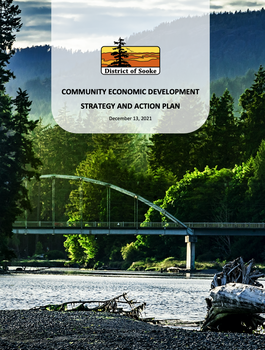
All details are on the District's careers page. Application deadline is this Monday, Sept. 5. The job description states: "Reporting to the Chief Administrative Officer, the Community Economic Development Officer (CEDO) is responsible for creating an economic environment focused on attracting and retaining commercial businesses while advancing economic, environmental, and social goals. The CEDO is also responsible for the design and implementation of the community economic development strategy for the District of Sooke which will, among other initiatives, stimulate business activity and investment in the District."
That's a tall order and requires an individual as uniquely suitable it's to be hoped as Sue Welke, the Albertan with ED and climate action expertise who was hired as Sooke's first-ever CED Officer in early 2021. She did much essential work with the Community Economic Development and Climate Action committees, and then decided, to everyone's understanding and considerable regret, to return home to Edmonton to care for ailing family.
Ms. Welke authored the District's first Community Economic Development Strategy and Action Plan in collaboration with the CED Committee. She also secured the grant funding that hired interim Climate Action Coordinator Maia Carolsfeld. The latter, in turn, delivered Sooke's first-ever Climate Action Plan this summer and helped develop the Sooke 2030 citizen engagement campaign. (With her contract ending earlier this month, Ms. Carolsfeld has taken a micro-mobility position within the CRD's Climate Action Team and we're counting on her to keep Sooke in the loop with regional programs and initiatives.)
Strategic community development, by definition, is what's required to realize the policies and vision of the new Official Community Plan. Climate action is intimately related, and both these District staff positions -- CEDO and Climate Action Coordinator -- need to be filled full-time, I and many believe.
For now, however, it's great that we're getting back on track with CED following Welke's departure. (A complementary Climate Action Coordinator position to coordinate the Climate Action Plan, meanwhile, is entirely feasible through the Province of BC's Local Government Climate Action Program, which will deliver a guaranteed $135k in climate-explicit funding annually for three years. Unlike most such grants, it's flexible enough to cover salaries as well as various CAP priorities.)
Chief Administrative Officer Norm McInnis has championed and facilitated CED in Sooke. With enthusiastic council approval, he sourced expertise and best practices from the Province of BC's Regional Economic Operations Branch, consulted with local stakeholders, crafted the Terms of Reference for the first CED Committee, created the CEDO position and hired Welke.
Here's the overview paragraph she prepared for the Sooke CED Strategy: "The District of Sooke has chosen to create a Community Economic Development (CED) Strategy, a holistic, integrated and people- and environment-oriented view of the economy as opposed to a more traditional profits-/money-first approach to the economy. Sooke’s economic development is oriented to promoting environmental health as well as human well-being and safety in a climate-changing world. It is clear from community feedback that a focus should be on supporting locally-owned businesses in Sooke, reducing economic leakage, and creating jobs in Sooke. The CED Strategy and Action Plan provides guidance to the District of Sooke about industrial and commercial development, and does not address residential development.
This is Sooke’s first CED Strategy, and it is a work in progress, to be further developed and modified in partnership with the whole community. The District and the community will review progress on the Strategy as time goes by and will continue to provide direction to the Strategy. It is believed that momentum will increase as we work towards the vision."
The strategy contains a bonanza of bright ideas and initiatives, some of which our local government has discussed in the past (see brief history in notes below) but not enacted comprehensively to date. I'll list them partially here from the 30+ action points you can read in full on pp. 8-16 of the Strategy:
i) strategy for Sooke's 52 hectares of "under-utilized" (Sooke Economic Analysis, 2019) industrial & commercial land
ii) support existing business and organizations to grow, thrive, create jobs;
iii) inventory of existing office/commercial space;
iv) liaison with developers of new commercial/office projects;
v) marketing strategy, trade-show presence and community development branding;
vi) mentoring program for business start-ups;
vii) review of potential District incentive programs;
viii) job training/retraining programs with an LCR/green-business trades focus;
ix) develop a green business hub/incubator in collaboration with WorkLink;
x) secure six-figure annual destination marketing funding through the Municipal and Regional Destination Tax program;
xi) attract more tourists through edu-tourism, eco-tourism, agri-tourism, and arts, sports and marine tourism;
xii) explore Sooke harbour pilot project with Canada Border Services Agency;
xiii) attract a major arts, culture, and/or recreation-oriented land use to Sooke;
xiv) pursue a world-class event to be held annually in spirit of the former Sooke triathalon;
xv) strategies for consistent special event production in Sooke.
That's a significant, exciting set of responsibilities for the CED Officer working in collaboration with District staff, the Chamber of Commerce, the South Island Prosperity Project, the T'Sou-ke Nation, WorkLink and other provincial government agencies, future District committees, independent business owners, our major incoming mixed-use developers and a potential third-party Sooke CED organization (perhaps modelled after the Nanaimo Prosperity Corporation following a City of Nanaimo presentation to Sooke's CED Committee early this year.)
As for the environmental/climate-action component in all the above, it's stated at the outset in the CED Strategy's Goal 1.1 (pg. 5) and aligns with the District's 2021 commitment to Low Carbon Resilience in operations and community planning: "To attract new businesses and organizations that are Low Carbon Resilient. Definition of LCR businesses are those that, to the greatest extent possible: contribute to a circular economy; protect natural resources and carbon sinks; provide protection from climate risks; lower GHG emissions; and identify social, environmental and economic co-benefits (pg. 7) as part of the business vision."
The CEDO, then, is a part-time, quasi-Climate Action Coordinator in him/her/their-selves ... as are all District staff for that matter given a whole-of-organization commitment to Low Carbon Resilience. Back to that job description: "The CEDO is also responsible for the implementation of the Community Economic Development Strategy and supporting the Climate Action Plan for the District of Sooke which will, among other initiatives, stimulate business activity and investment in the District while promoting climate action mitigation and adaptation strategies."
District staff were instrumental in creating the 25 short-term priorities in the Climate Action Plan. Various departments will take on their respective tasks identified in the plan should the next council approve related budget (money and staff time) expenditures during the 2023-2028 Five-Year Financial Plan deliberations following the election.
Even so, while enthusiastically endorsing the climate plan, the Climate Action Committee also formally called for the hiring of a full-time successor to Ms. Carolsfeld in a last-act motion sent to council on July 25 (see pg. 83/84). As with motions arising from the District's other committees this summer, council opted to forward the request to the new council for consideration in creating their own four-year Strategic Plan. District hires have been funded in recent years through the revenue from new tax portfolios. And with the bonus of the provincial climate action contribution, both positions are entirely feasible and required. (IMHO, of course and always.)
Fingers tightly crossed, then, that an exceptional CED Officer is in Sooke's near future. It's an utterly timely need to ensure that Sooke's new town centre commercial space is made first-look available (and affordable) to local businesses, home-based enterprises ready for expansion and independent gap-businesses from elsewhere who might want to open a Sooke outlet ... all before the national chains are entertained. (Does Sooke need a London Drugs or Starbucks given their ubiquity elsewhere? The west-shore is surely globalized enough as it is, so let's keep our streetfronts as local and independent as possible.)
The new CEDO could also work with new-build property managers on other ideas: an art gallery, distance education hub, commercial kitchen and/or a co-working enterprise -- both private Club Kwench-style and also a Province of BC telework centre like the extremely well-used space in Langford to serve the approx. 250 provincial employees residing in the Sooke region. [Council this summer approved an advocacy pitch based on one of Carolsfeld's reports (see pp. 7-10). The letter I wrote for the Mayor's signature to the Ministry of Citizen Services has generated a response high-fiving us for our GHG-reduction ambitions and non-committally stating that Sooke will be considered as the province accommodates new patterns of split-week and telework employment.]
********************************************************************************************************************
Related excerpts from my January, 2021 overview of the District's three then newly-formed committees ...
The CED Committee is the latest iteration of a long-standing focus in Sooke and every community seeking to create local jobs and a healthy business sector. The new-born municipality's first "Economic Development Strategy Session" was held in September, 2002; it's fascinating to look back to the minutes (pp. 11-15) and see how many wish-list items have been ticked and how much of what is at issue today was recognized back then (apart from today's top challenge ~ managing the kind of population growth likely unimagined by folks back then.)
The Economic Development Commission was launched by Mayor Evans in 2006 in collaboration with what was then known as the Sooke Harbour Chamber of Commerce. Its positive thinking in the '00s is captured in the District's 2008 annual report (pg. 18 and 36), the EDC's "Age-Friendly Dialogue" report, the "Advantage Sooke" website, the Sooke Sustainable Development Strategy (pp. 27-30, "Strategy #7 -- Promote jobs and businesses that contribute to a locally-oriented, green economy") and the 2010 Official Community Plan (section 4.4, pp. 32-37; developing Sooke's "Wild By Nature" tourism economy is cited as a primary OCP goal on an extensive action list topped by ongoing support for the EDC, the hiring of an economic development officer and the creation of a "District of Sooke Economic Development Corporation" in the mould of successful models elsewhere.)
The EDC's six-year run ended when Mayor Milne replaced it with the Advisory Panel on Economic Development for 2013-14. The Sooke Region Chamber of Commerce continued to do its vital work and is again working hard and strategically to navigate the business sector through this unfortunate year and beyond. Now council, through our latest Strategic Plan review, has asked that a new committee be launched to address "community economic development" -- distinct from textbook "economic development" and defined by the Canadian CED Network as strategic actions that "strengthen communities by creating economic opportunities to enhance social and environmental conditions."
Simon Fraser University's Five Principles of Community Economic Development sum it up neatly. The holistic goal is to "create inclusive local economies, develop nourishing livelihood opportunities, build on local resources and capacities, increase community control and ownership, enhance the health of the environment, and encourage community resilience." Pretty much consistent with Sooke's earlier thinking documented above and all very much in the spirit of the sustainable triple bottom line. (YouTube summary + this explanation by economist John Elkington on his thinking in coining that term).
The possibilities and best-practice actions going forward were documented in the Sooke Economic Analysis (see pp. 13-69).
Much credit for this new phase of ED activity goes to the revitalized Sooke Region Chamber of Commerce under new president Karen Mason and executive director Britt Santowski. The Chamber came to council last year reapplying for community service agreement funds that it surrendered in 2016 when it became clear it was being asked by the District to effectively take on the work of a Economic Develoment Officer for a slim $28k per year. This May we okayed $16k as a one-year starter with the promise to consider stable funding in the 2021 budget.
A council and senior staff workshop in January with Cheryl McLay of the Province of BC's Regional Economic Operations Branch was an intro to a wealth of economic development tools and support available to small communities like our own via the province, the BC Economic Development Association and other avenues. Not long after this Sooke joined the South Island Prosperity Project in support of its efforts to keep the South Island competitive in attracting businesses and investment dollars to the region.
CAO McInnis followed up the council workshop by creating an informal working group that has met twice-monthly since the spring. It features McLay, Mayor Tait and representatives from six key local organizations: the Chamber's Mason, Sooke Region Museum and Visitors Centre's Lee Boyko, Sooke Region Communities Health Network's Don Brown, Sooke Region Tourism Association's Ryan Chamberland, WorkLink Employment Society's Peter Doukakis, and the Economic Development Group's Doug Wittich.
The Terms of Reference ensure all of the above organizations will have seats at the table along with a councillor and two public members. Their first critical ask is that the District find the dollars in the 2021 budget, live up to earlier intentions dating back at least 15 years and hire a Community Development Officer next year. (For its part, the Climate Action Committee understandably would like to see dollars dedicated to an environment/climate specialist to help process a hefty workload passed down to it by council. Needs/wants/wishes, what is a community to do without blowing residential taxes -- currently 85% of the total annual haul -- through the roof? Cultivate more business tax portfolios, that's what.)
Here are links to community economic development overviews for Revelstoke, Vancouver, Bowen Island, Clearwater, the Thompson Okanagan region and Williams Lake, to cite a handful of provincial examples. Still more to learn on the subject from Cowichan Valley Regional District, Community Futures Cowichan, the City of Langford and a place to which we're often compared given our shared proximity to a major city, Squamish.
The province's Investment Readiness Assessment Checklist for communities is also likely to be given a workout by the new committee. Requirement one: "A designated point person for economic development," hence the call for a full-time CED Officer. An individual who could liaise with local businesses, woo new investors, execute committee and council recommendations, write grant proposals and cheerlead for #Sooke as we build out our town centre would surely be public money well spent. (Always with the proviso that we must stay fiscally conservative during an unpredictable pandemic.)
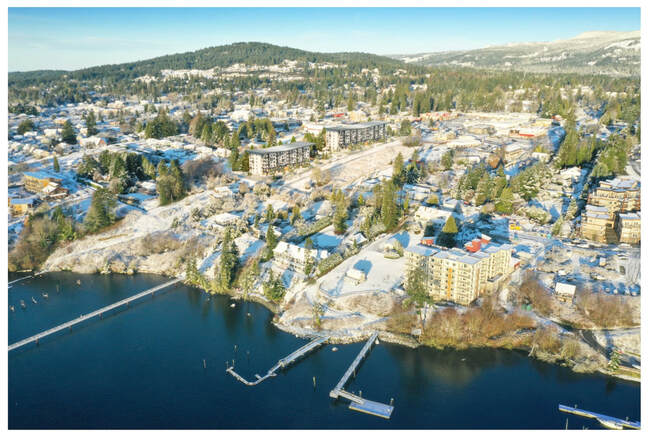
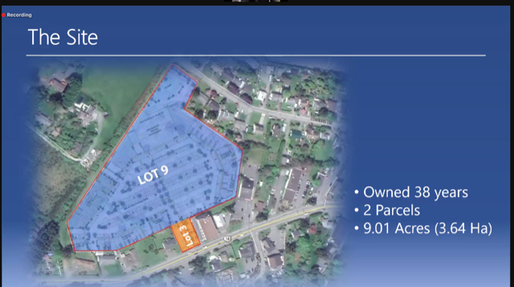
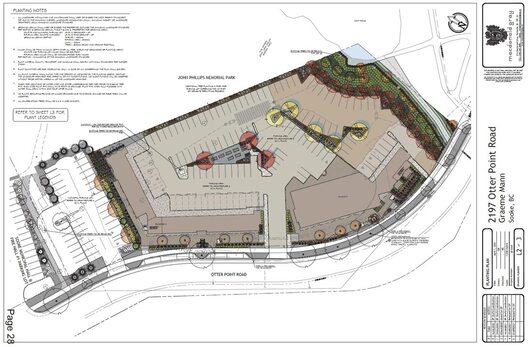
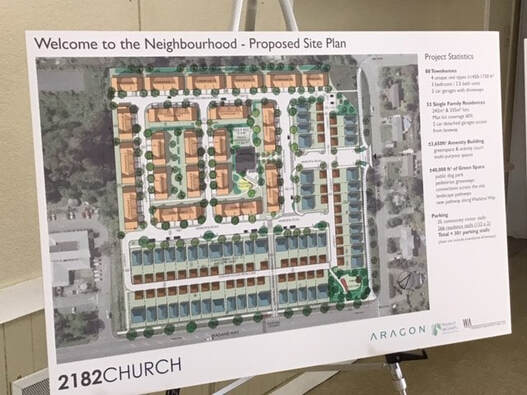
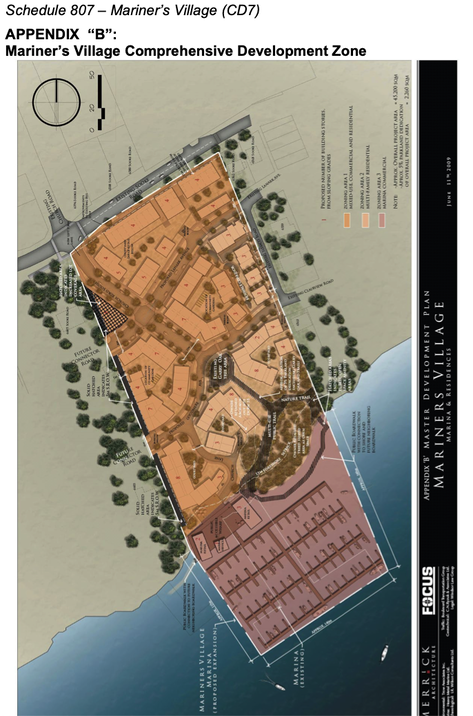
 RSS Feed
RSS Feed